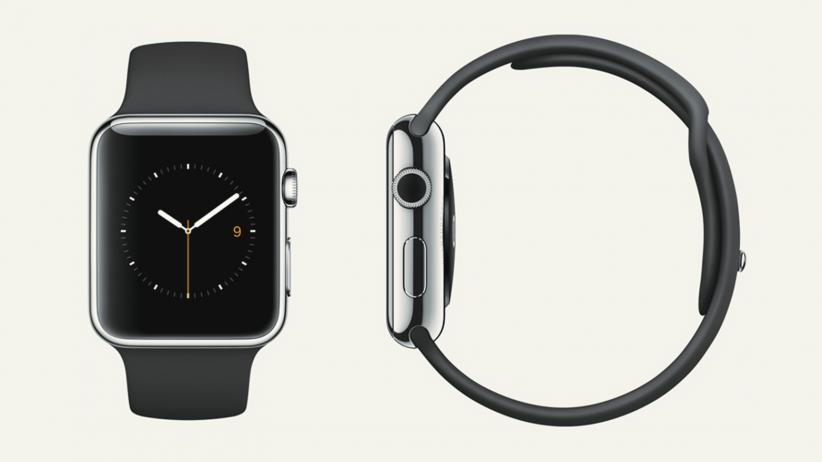Is Wearables Market going to be big in the future?
Thursday, April 2, 2015

Consumers have gotten attached to wearable accessories that monitor everything from steps taken to hours of sleep logged. Silicon Valley venture capital firm Mayfield Partners invests in recognizable consumer technology and mobile companies like Jawbone and Fitmob. With wearables like Apple Watch and Microsoft Band now entering the already crowded space, Mayfield managing director Tim Chang explains what entrepreneurs need to know about bringing new wearables to market.
Why have wearables finally hit the mainstream?
With wearables of the past, there was too much friction, too many steps to download and configure complicated software. Now these tools are ready out of the box to communicate with your laptop, smartphone or social media accounts.
Sensors and parts are finally cheap and widespread enough that a lot of companies can cobble new prototypes together with off-the-shelf parts that don’t cost millions. We can thank Apple and Android developers for driving down the prices so that everyone can benefit from cheap sensors.
There’s also positive social pressure and a growing acceptance that everyday people will wear these things as accessories. Nobody will blink an eye at a soccer mom wearing a Fitbit.
What experience is vital for those who want to get into the wearables space?
It’s not enough for your product to have cool industrial design or just be a little cheaper or faster. I look for teams with a combination of software
plus services, in addition to hardware. I’m afraid of hardware people with no experience dealing with app stores, subscriptions or third-party ecosystems. You’ve got to have talent that knows how to do those things.
The right wearables team in the future will look like The Avengers.They’ll be ninjas in specific areas like crowdfunding, because they’ll know how to get support before building a product. Someone will have hardware or device chops—industrial design experience in creating gadgets. Another will have excellent chops in software, apps and app stores. Someone will bring excellent direct consumer acquisition skills. The fourth will be outstanding in marketing and buzz-building. It’s not enough to just have great features. These skill sets didn’t even sit under the same rubric before, and founders building teams will be bringing in skill sets from many different backgrounds.
How can startups stand out in this increasingly crowded marketplace?
One way is to create a Trojan horse. A consumer will buy one product but then need a whole family of extensions and accessories, all designed to “talk” to one another. Companies like smart thermostat Nest and August Smart Lock are leading examples in upselling and cross-selling this way.
What’s missing in the marketplace?
Most wearables are in a silo, speaking for and to themselves. The market is headed toward consumers wearing upward of three to five accessories, and someone needs to solve how all these devices and apps will talk to and coordinate with one another. We can expect a land-grab on devices, the data they spit off and which companies can and will attach self-improvement services like personalized coaching to physical devices.
What new types of mobile lifestyle products would you love to see and support?
Wearables will soon segment into hearables, ingestibles and implantibles. It sounds far-out, but we’re already seeing them on the market. I’m a new dad, and I predict babies and infants will inspire a whole new class of wearables for the parent interested in enhanced health monitoring and safety.
Reference: http://www.entrepreneur.com/
Leave your comment